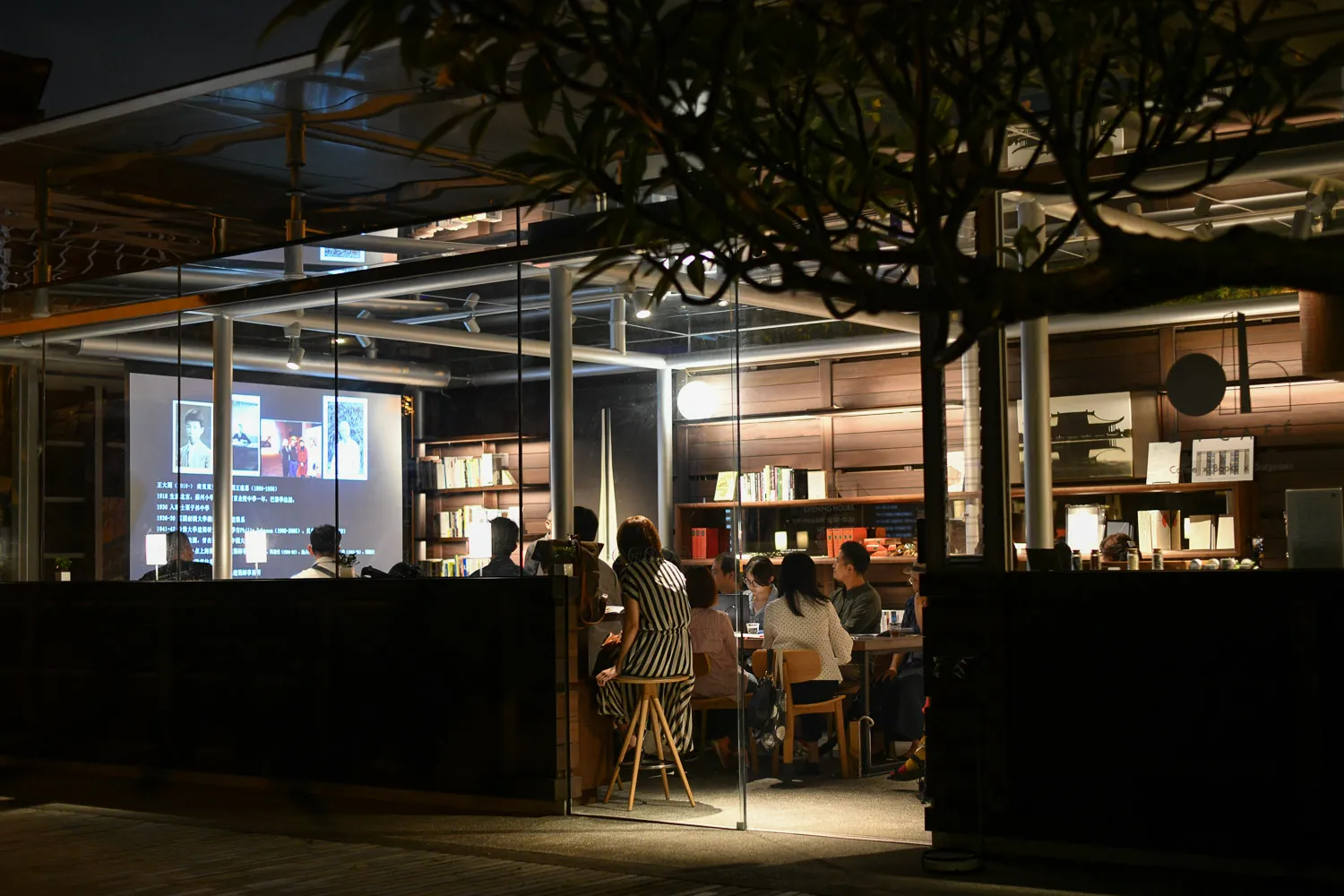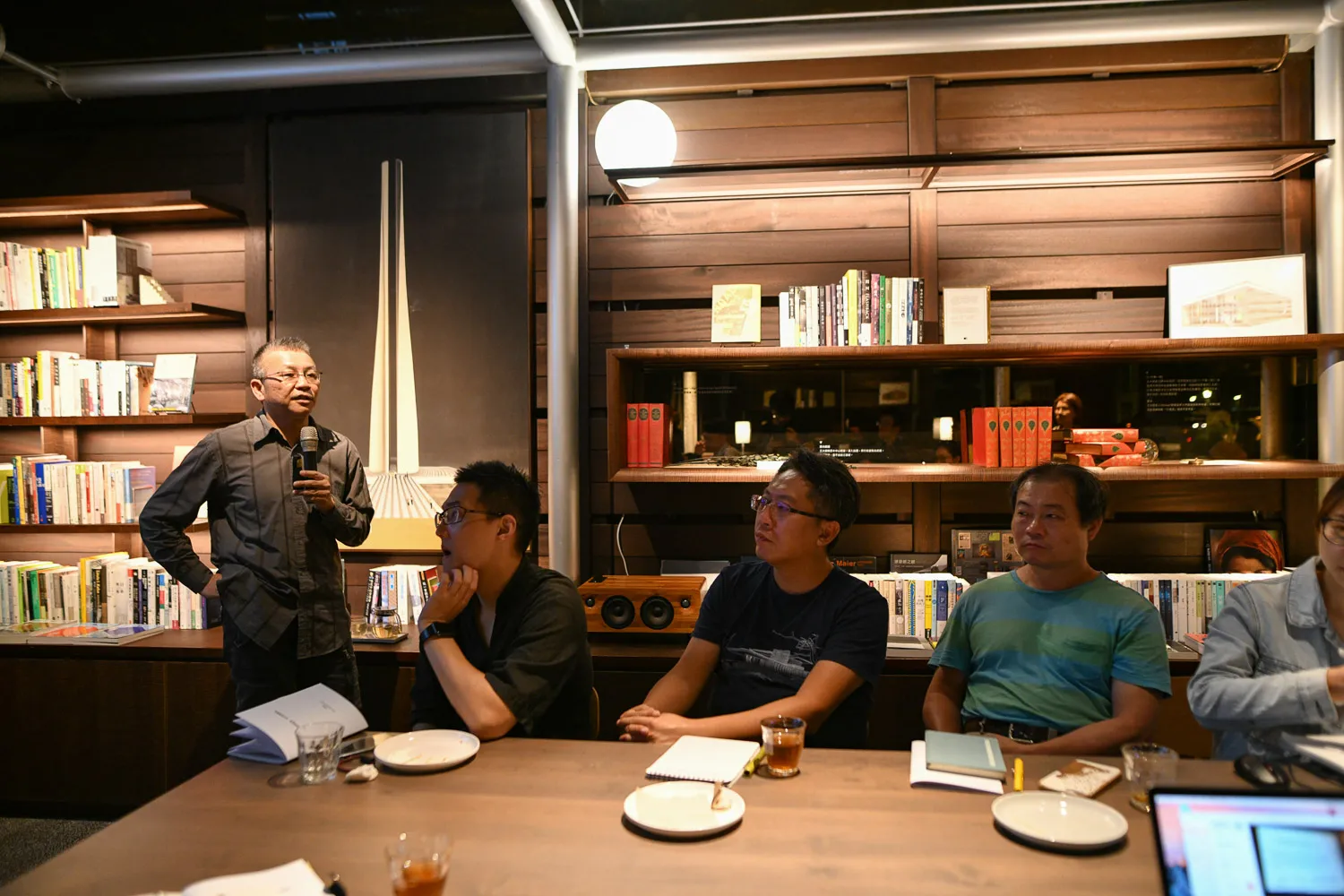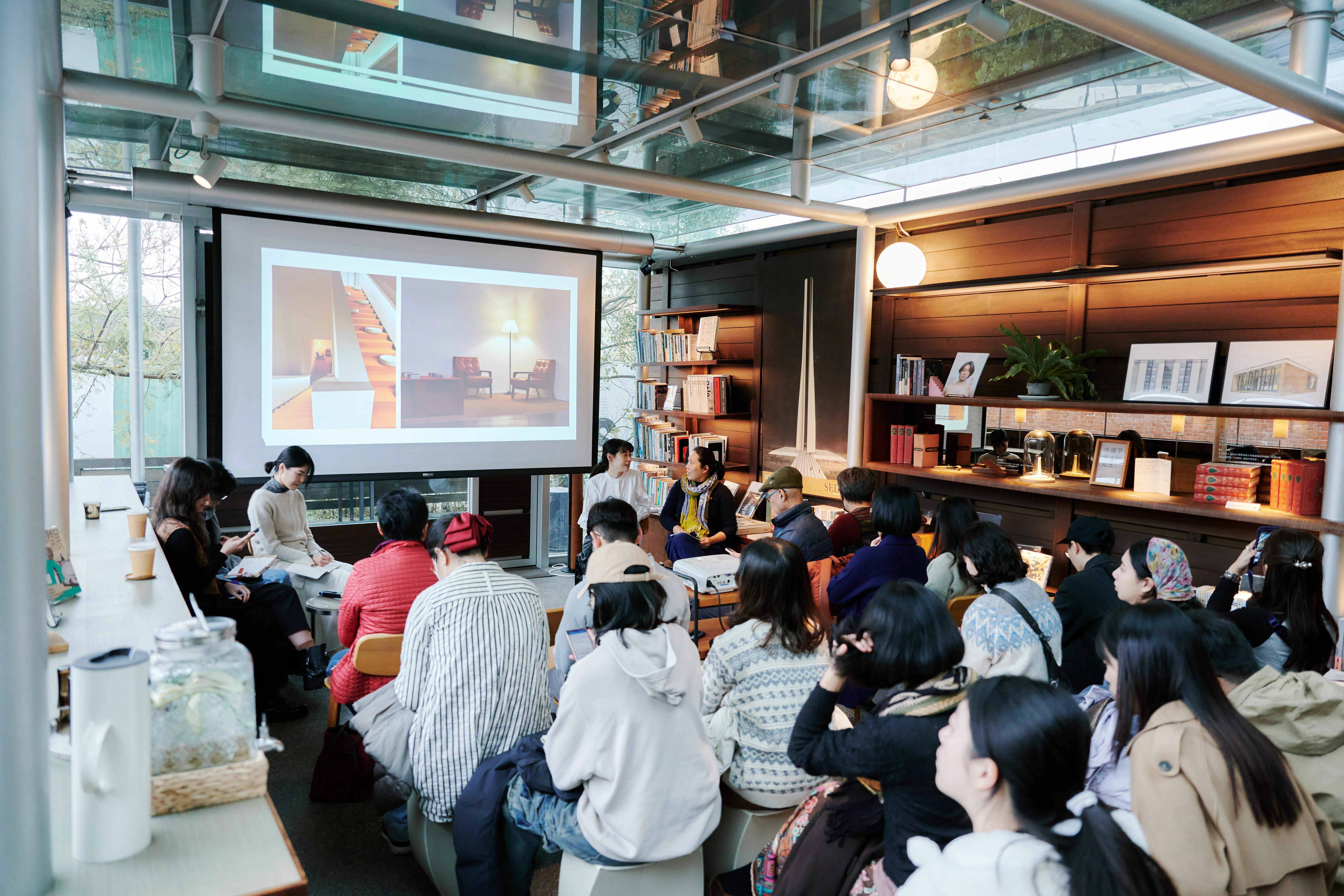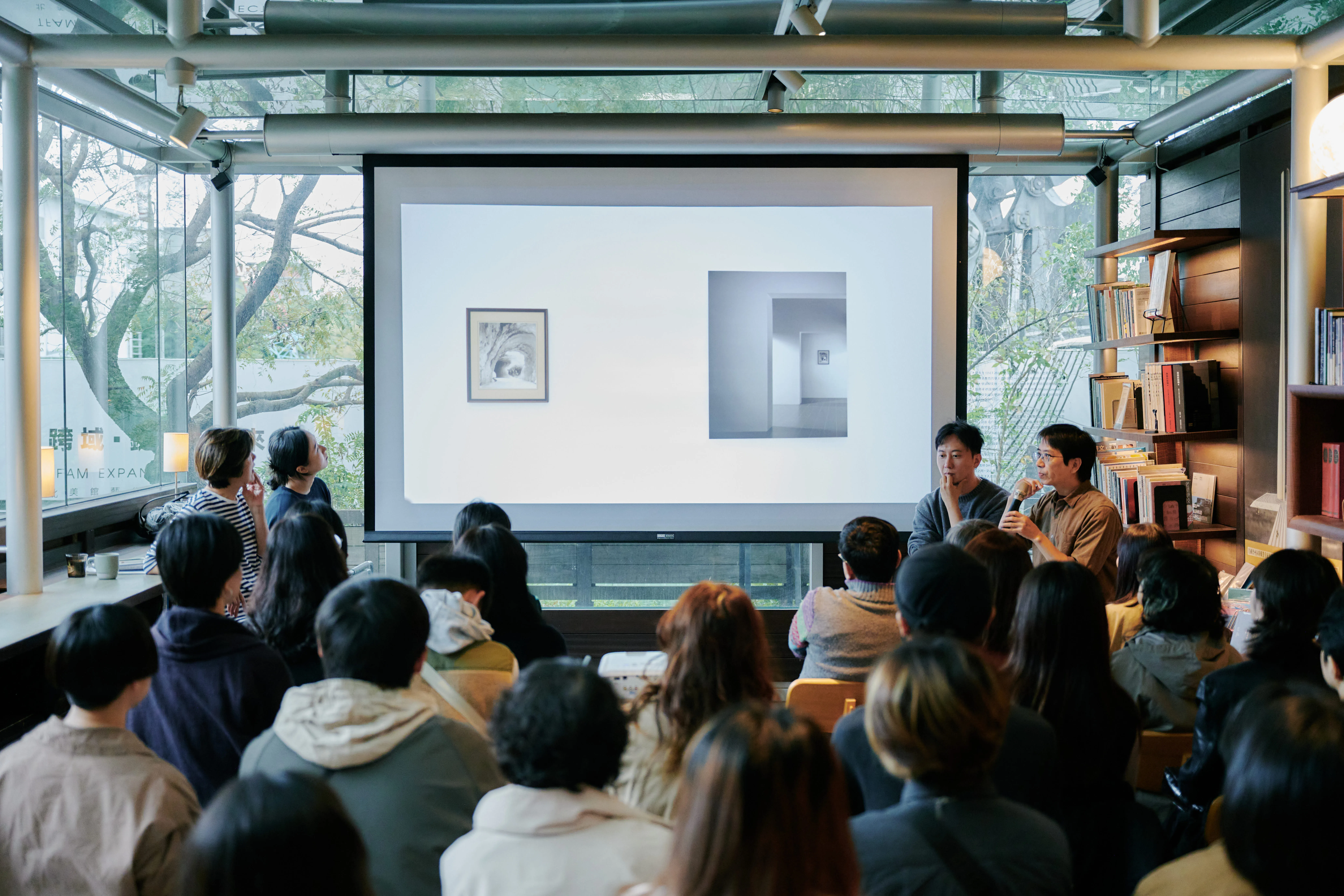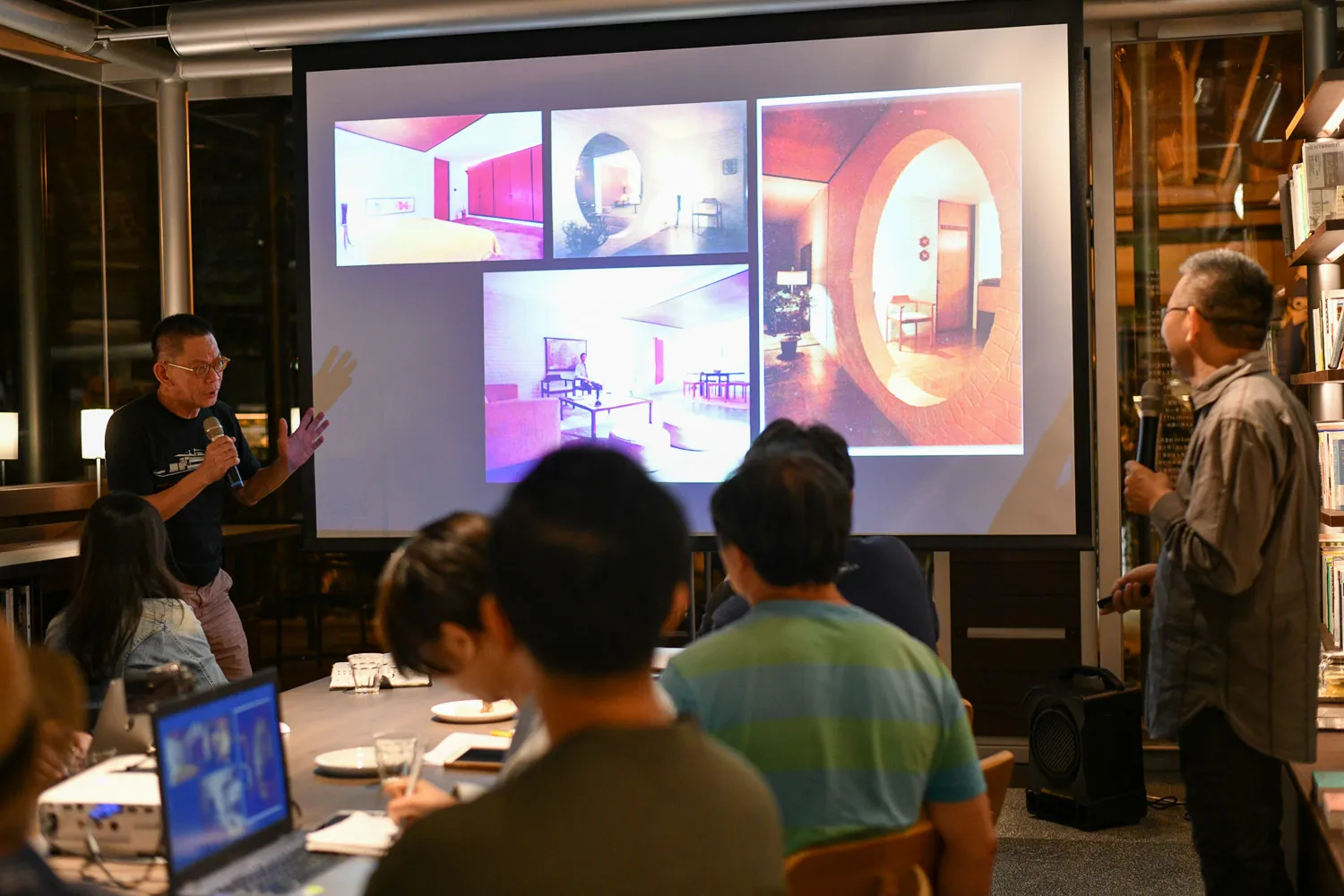
Lecture Series on Bauhaus Centenary and the 1st Memorial Anniversary of Da-Hong Wang| Theme 1: Rustic & Poetic—Architecture in Postwar Taiwan: Modern Architecture in China
Speakers
Tseng-Yung Wang Director of Bigda Studio
Chun-Hsiung Wang Director, Department of Architectural Design, Shih Chien University
Location
DH Café (No. 153, Section 3, Zhongshan North Road, Zhongshan District, Taipei City)
Fee
One lecture for $500, including special snacks (sandwiches, desserts, drinks), and 10% discount on event book purchases.
Event Content
After World War II, Taiwan's architecture underwent profound changes, with an impact that has not been closed to date. First, the historicism of the prewar architectural mainstream was replaced almost overnight by modernist architecture. Secondly, the construction professionals were mainly occupied by Japanese people before the war, and the vacuum left behind by Japanese people after the war, was mostly occupied by people from mainland Taiwan after the relocation of the National People's Government. Moreover, there was no professional system of architects before the war, and with the advent of post-war rule by the People's Government, it was imposed in Taiwan. Finally, university architecture education, which was unheard of before the war, also emerged in Taiwan. This series of lectures uses this historical change as a scripture, covering four themes of Modernism, Christian Architecture, Roughism, and Chinese Modern Architecture, and attempts to open up a discussion of this little-noticed history of architecture. The theme is “Theme 1: Rude and Poetic Post-War Architecture in Taiwan - Modern Chinese Architecture”.
Event Review
IN 1953, WANG DAI AND BEI YU-MING CREATED TWO LANDMARK WORKS IN TAIWAN AT THE SAME TIME — JIANKUO SOUTH ROAD HOMESTEAD AND DONGHAI UNIVERSITY. They are reluctant to incorporate traditional Chinese pitched roofs and red bricks in the form of modernist spaces and structures, or they can be called the forerunners of modern Chinese architecture in Taiwan. IN TAIWAN, WHERE THE CURTAIN WALL IS STILL UNKNOWN, WANG DAI DESIGNED ONE AND ANOTHER MODERNIST ARCHITECTURE WITH HIS SKILLFUL WORKMANSHIP. DESPITE THE GREAT CULTURAL REVOLUTION IN THE 1960S, THE NATIONAL GOVERNMENT WANTED TO BUILD CHINESE NATIONALIST BUILDINGS TO REFLECT ITS FORMALITY. In addition to this period, Zhang Zhaokang, Chen Chiquan, Kim Chang-ming, Ha-Chen-Ying, Gao and Pan, among others, represented Chinese modernism. At the same time, Kensan Danshaya combines Japanese wood construction with modernist techniques, providing new inspiration for Taiwanese architects, so that traditional architecture can be adapted to suit the needs of traditional architecture. Interpretation, it does not have to be retro or antique. For decades, Taiwan's postwar architecture has been imitating early modernist architecture and traditional palace architecture, gradually returning to the land, returning to life, returning to the present. Through the efforts of everyone, we have sunk our own architectural ideas and culture, even though we are still on the road.
